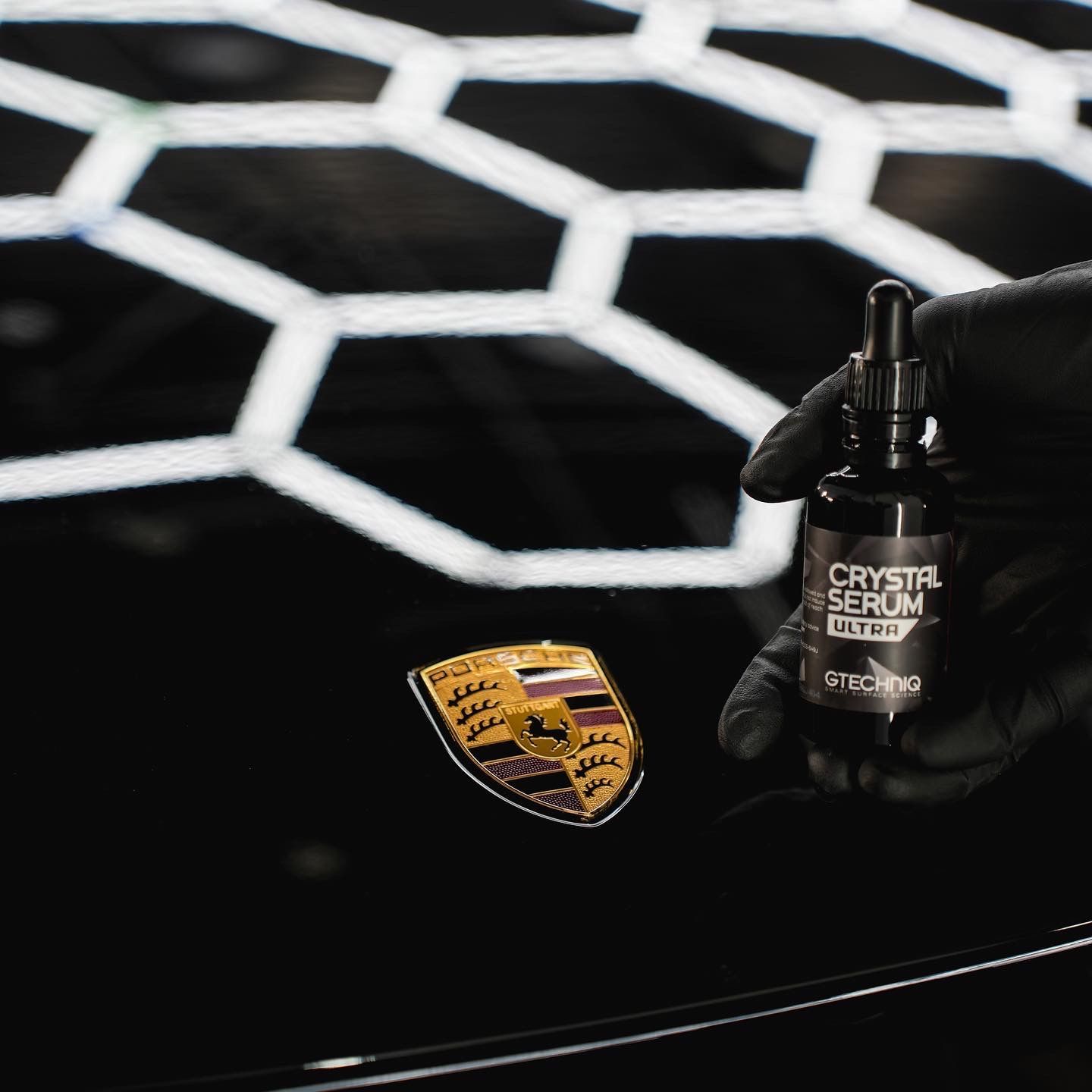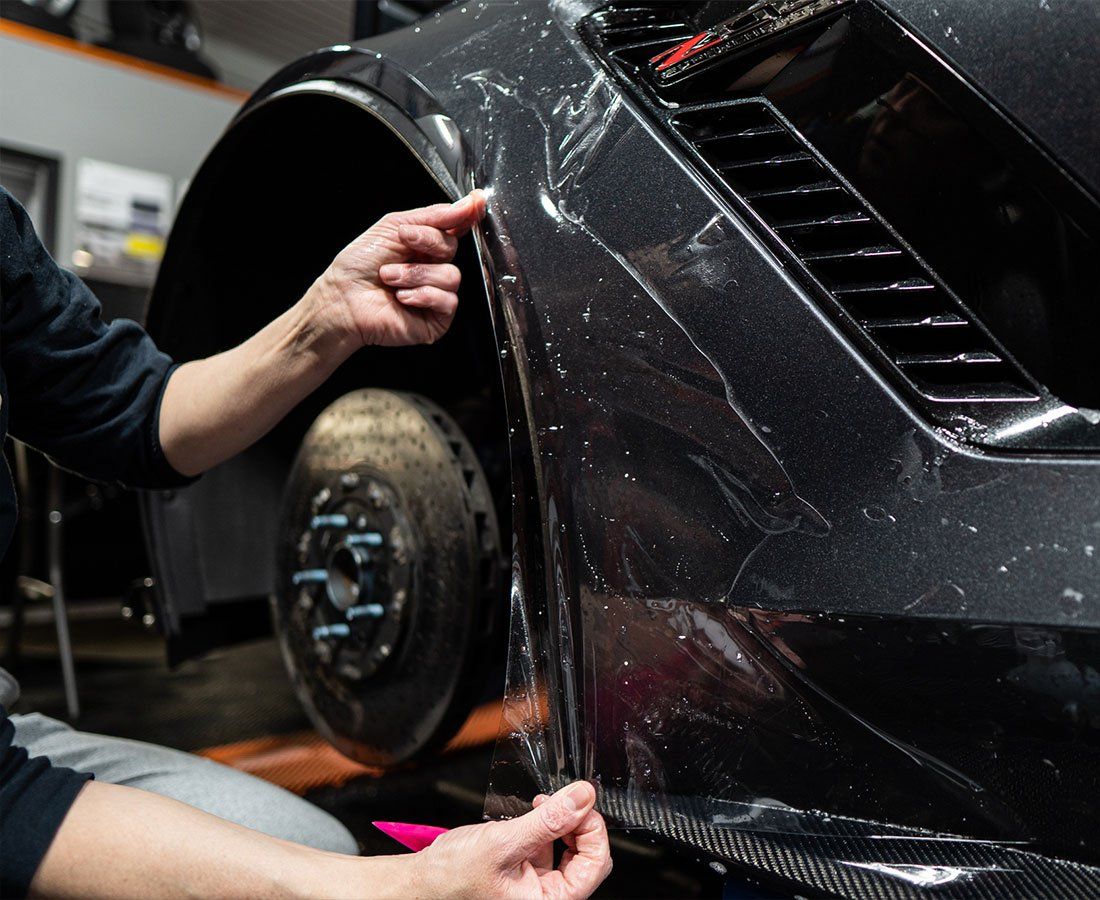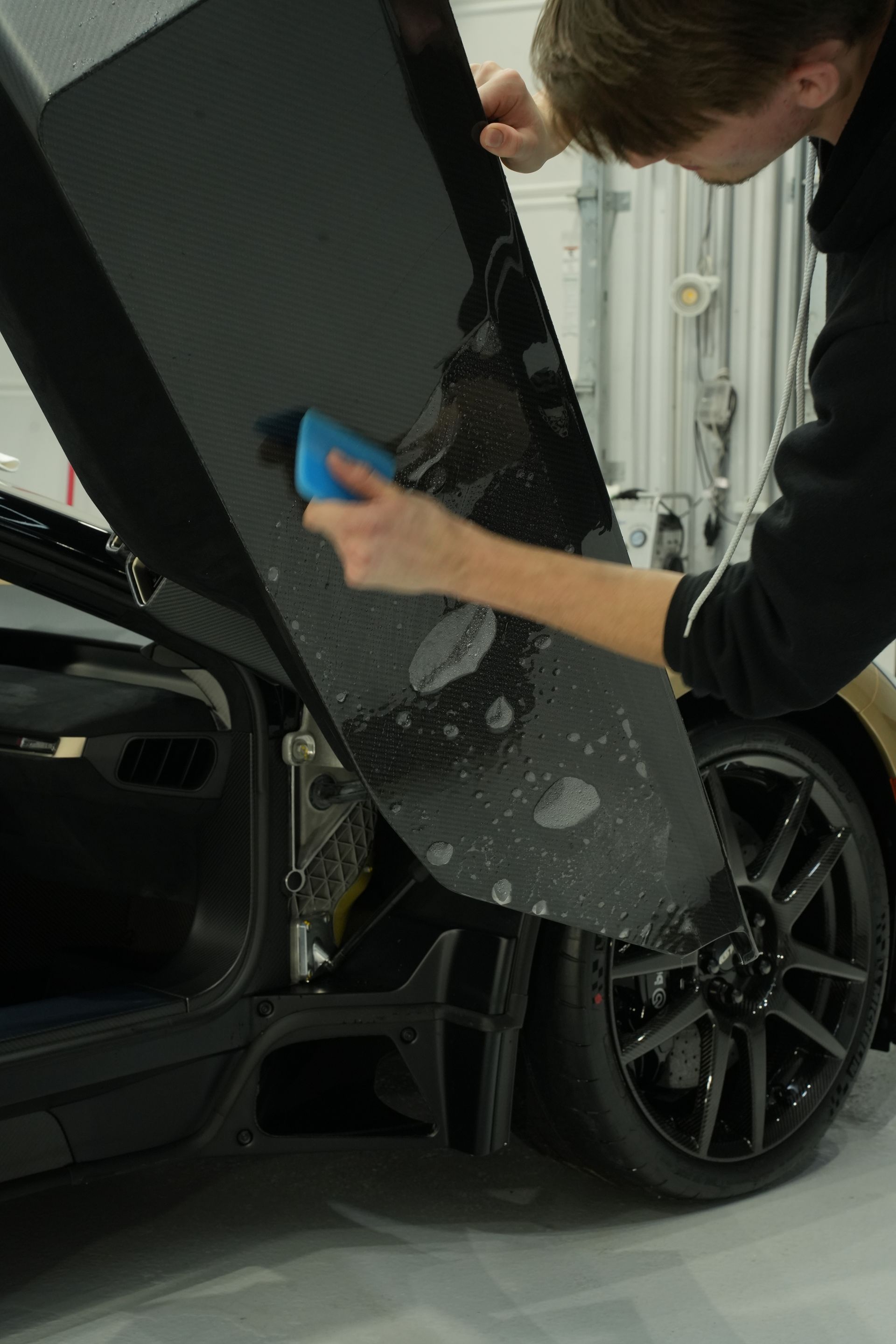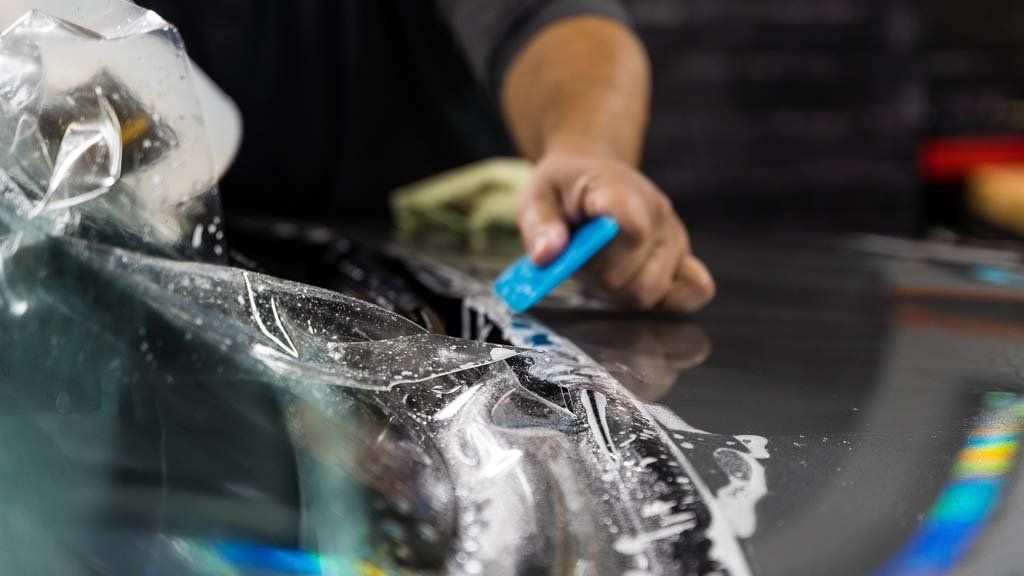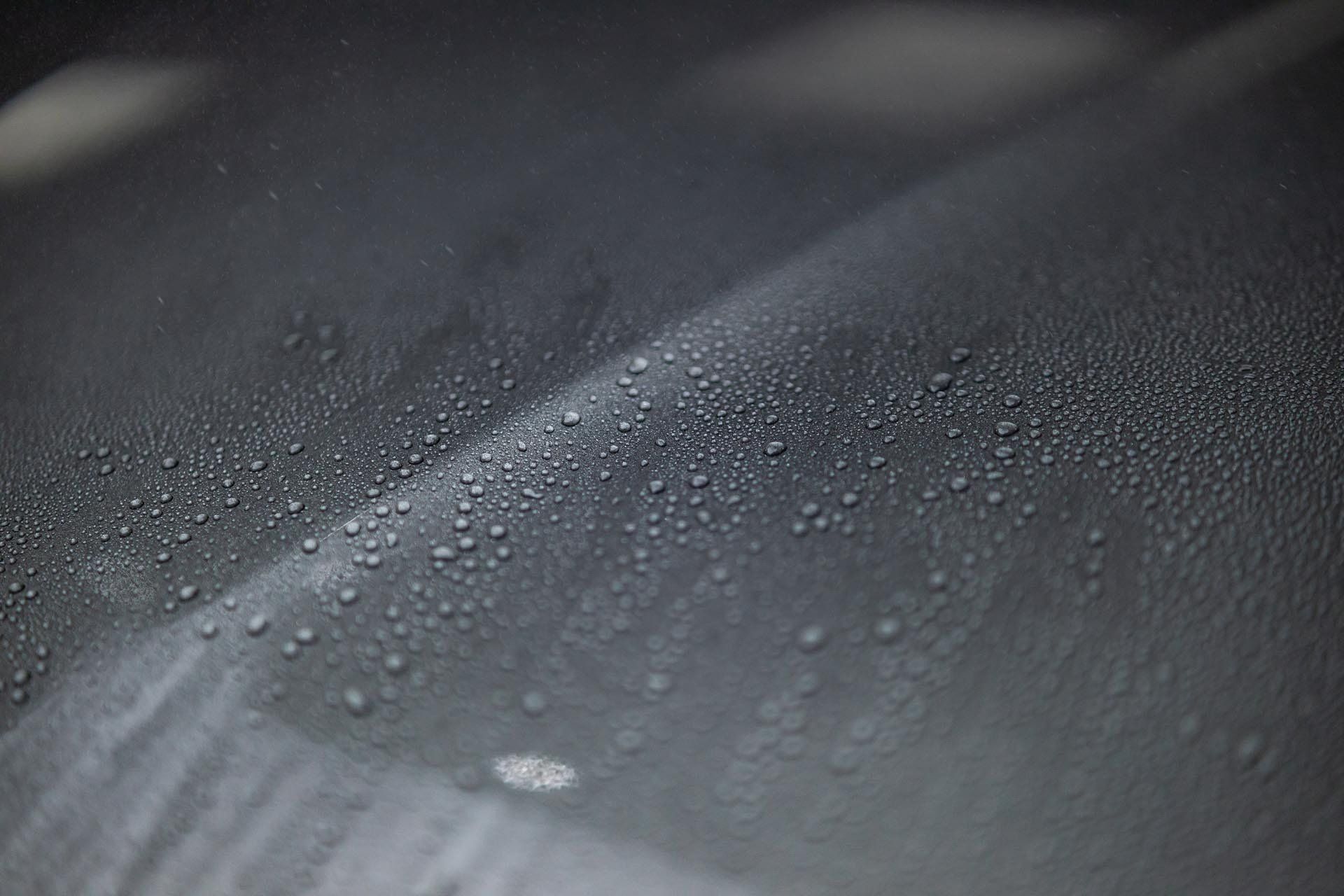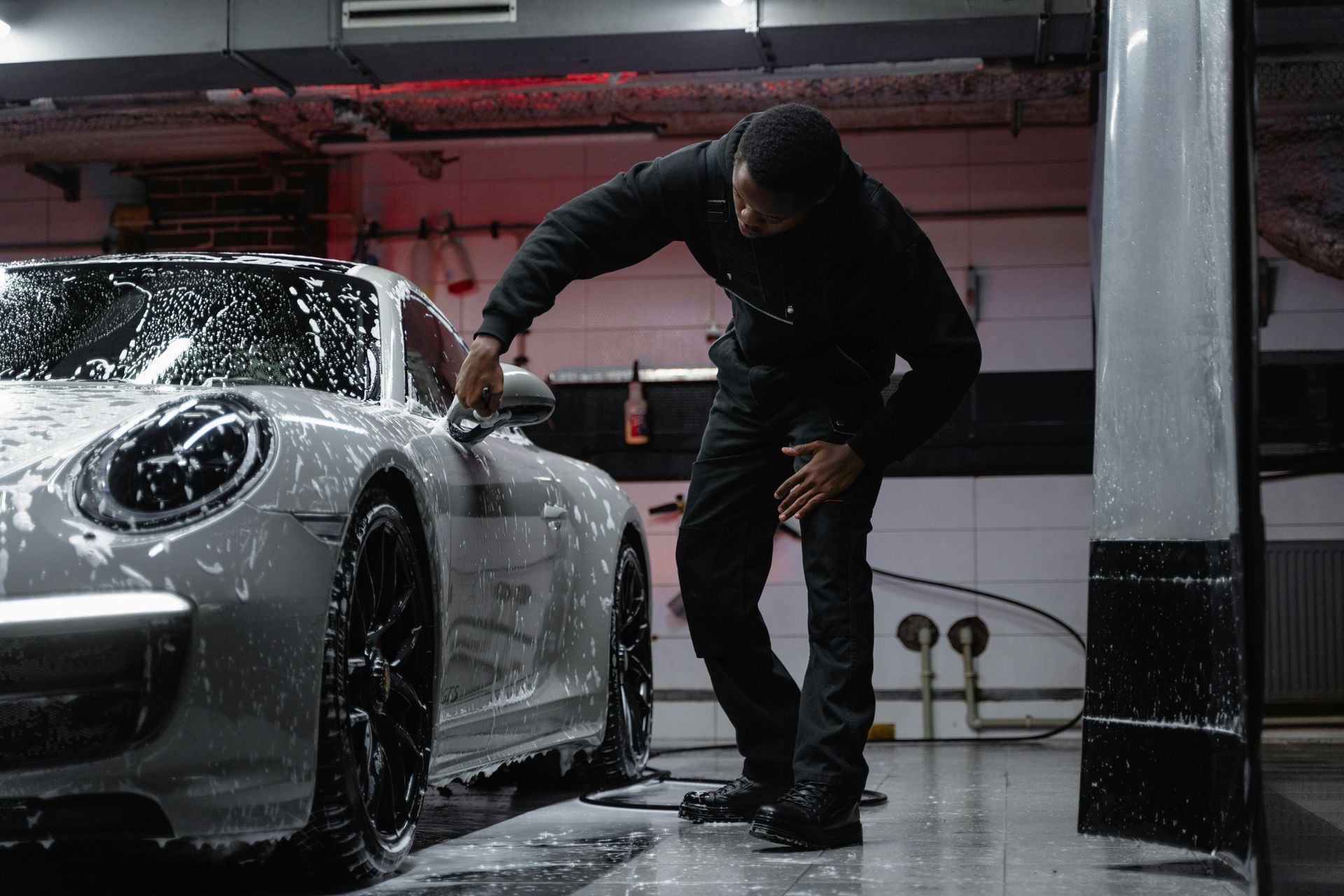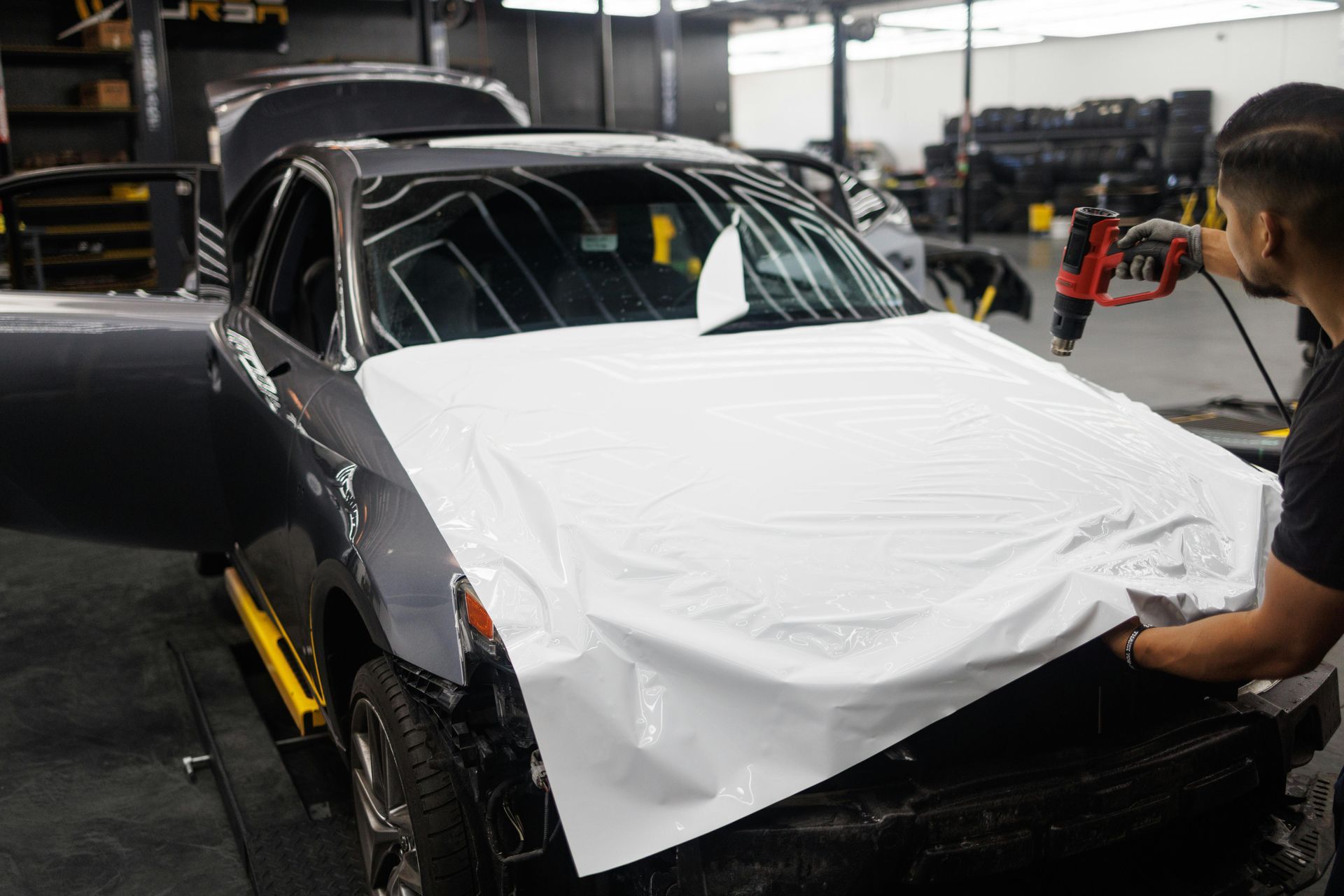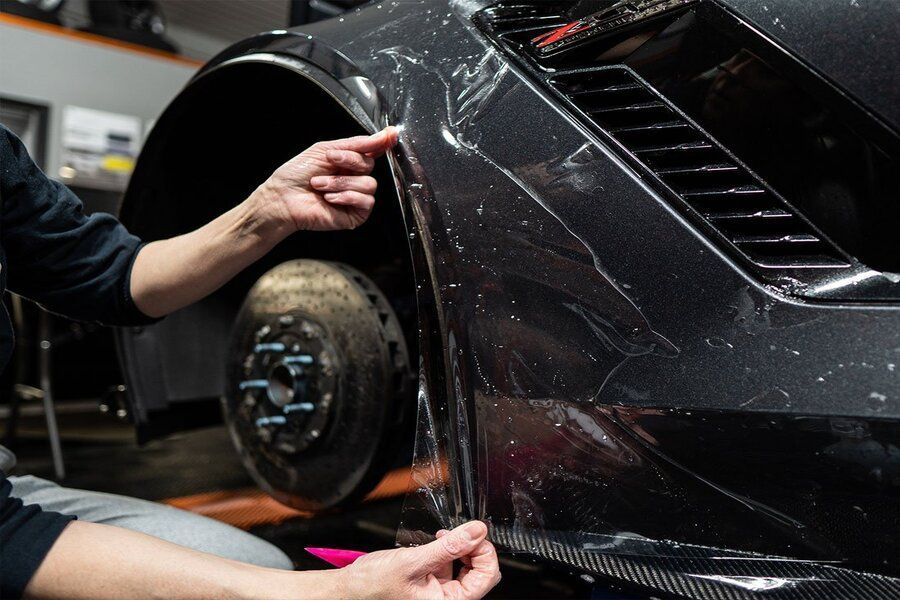Step-by-Step: What Happens During Professional Paint Correction Before Coating
GET A QUOTE (484) 866-3022Ever wonder what actually happens behind closed doors when professionals prep your vehicle for ceramic coating? Most shops tell you they'll "detail and prep" your car, but the reality is far more involved than a simple wash and wax.
Professional paint correction represents the difference between a ceramic coating that looks incredible and lasts for years versus one that fails within months. The process involves specialized equipment, specific techniques, and hours of meticulous work that most car owners never see.
Here's what separates amateur detailing from true professional paint correction: it's not just about making your car look shiny. It's about creating the perfect surface conditions at a molecular level that allow ceramic coatings to bond properly and perform as designed.
Initial Paint Assessment and Documentation
The professional paint correction process starts long before any machine touches your paint. Professional detailers begin with a comprehensive assessment and documentation that determines the entire approach.
First comes the wash and decontamination stage. The vehicle gets thoroughly cleaned to reveal the actual paint condition without any products masking problems. This involves specific soaps and techniques that remove surface contamination.
Next, professionals evaluate paint conditions under specialized lighting. High-intensity LED lights or sunlight reveal defects that normal lighting hides. Swirl marks, scratches, oxidation, and other imperfections show up clearly under proper inspection.
Paint thickness measurement comes next using electronic gauges. This critical step tells professionals how much clear coat they're working with, which directly impacts how aggressive they can be during correction.
Professionals document everything with photos and notes. Problem areas get marked, paint thickness readings get recorded, and the correction strategy gets planned based on actual conditions. At Beadz Auto Detailing, this assessment phase ensures every vehicle receives appropriate treatment based on its specific needs.
The initial assessment determines whether single-stage or multi-stage correction is needed, which products and pads to use, and realistic expectations for final results.
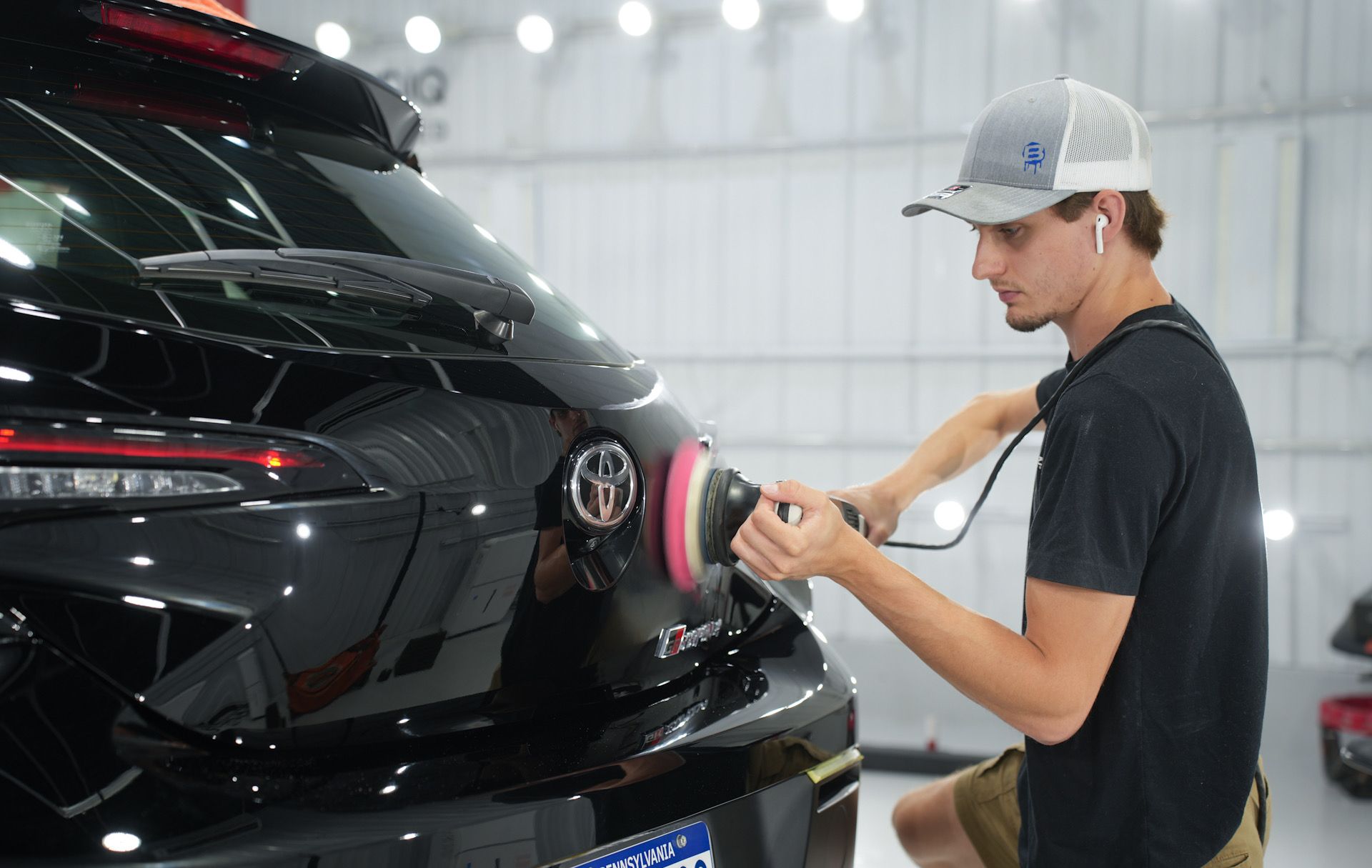
Multi-Stage Correction Process Explained
Once assessment is complete, the actual correction work begins. Professional paint correction typically involves multiple stages with different compounds, pads, and techniques for each phase.
Stage one addresses heavy defects using cutting compounds and aggressive pads. This stage removes deep scratches, severe swirl marks, and oxidation. Professionals work systematically across each panel, maintaining consistent pressure and machine speed.
Machine selection matters significantly. Dual-action polishers provide safer correction for most applications, while rotary machines offer more cutting power for severe defects. Professional detailers know which machine suits each situation.
Pad selection changes based on correction needs. Cutting pads remove more material for heavy correction, while finishing pads refine surfaces during later stages. Professionals swap pads frequently to prevent contamination and maintain effectiveness.
Stage two refines the surface using medium-cut compounds and softer pads. This removes marks left by heavy cutting and begins creating the optical clarity needed for ceramic coating.
Stage three involves finishing polishes and soft pads that create perfect clarity and uniform surface texture. This final correction stage prepares the paint surface for optimal coating adhesion.
Throughout the process, professionals constantly inspect their work. Panel wipes with isopropyl alcohol reveal actual progress by removing polish residues. Paint correction in Bethlehem, PA follows these proven multi-stage approaches to ensure consistent results.
Professional Equipment and Product Selection
The tools and products used during professional paint correction directly impact final results. Quality equipment costs thousands of dollars and requires proper training to use effectively.
Professional-grade polishing machines offer variable speed control, proper weight distribution, and consistent power delivery. These machines provide the control and reliability necessary for quality correction work.
Backing plates and pad systems designed for professional use maintain proper pad rotation and prevent glazing or burning that can damage paint. Professionals use multiple backing plates sized appropriately for different panel areas.
Compound and polish selection involves matching products to paint hardness, defect severity, and desired outcomes. German paints require different approaches than Japanese paints.
Lighting equipment for inspection includes high-intensity LED panels and proper shop lighting designed to reveal defects during correction work. What you can't see, you can't fix.
Quality microfiber towels, panel wipe solutions, and contamination removal products round out the professional toolkit. Every product serves a specific purpose in the correction process.
Quality Control and Final Verification
The final stage of professional paint correction involves rigorous quality control and verification that all standards have been met before ceramic coating application.
Comprehensive inspection under multiple lighting conditions reveals any remaining defects or areas needing additional attention. Professionals use sunlight, LED inspection lights, and shop lighting to examine every panel from multiple angles.
Paint thickness verification ensures correction work stays within safe limits. Professionals measure panels again to confirm adequate clear coat remains for long-term paint protection.
Surface energy testing verifies optimal conditions for coating adhesion. Some shops use test solutions that indicate whether surface preparation meets coating manufacturer specifications.
Final decontamination and panel wipe remove all polish residues, oils, and any remaining contamination. The surface must be completely clean at a molecular level for proper coating bonding.
Edge and detail area inspection receives special attention since these areas often get missed during correction work. Professionals verify that door jambs, trim areas, and complex surfaces received appropriate attention.
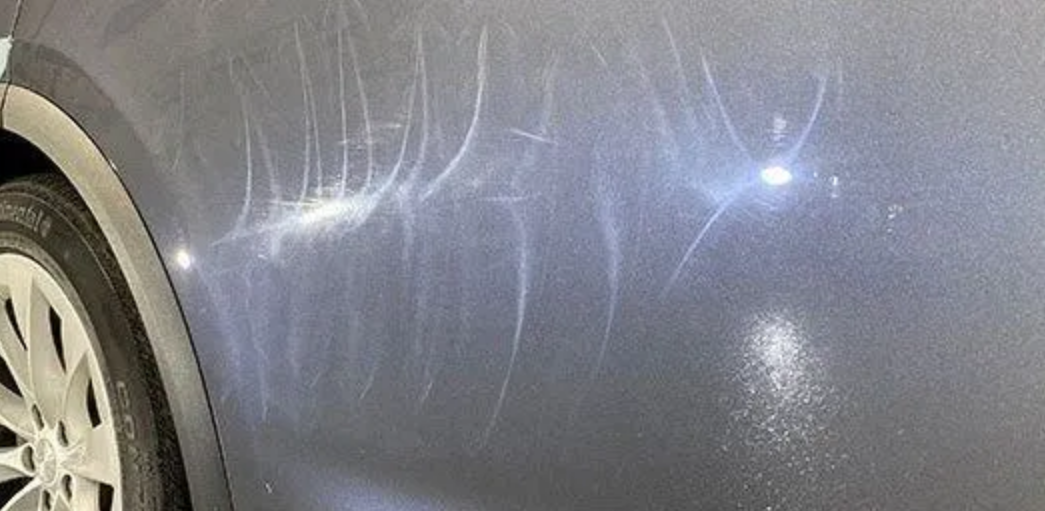
Set the Foundation for Coating That Lasts
Professional paint correction involves far more than running a buffer over your car's paint. The systematic approach, specialized equipment, proper techniques, and rigorous quality control separate professional work from amateur attempts that can damage your paint.
Understanding this process helps you appreciate why quality preparation takes time and costs what it does. You're not just paying for someone to make your car shiny—you're investing in the foundation that determines whether your ceramic coating performs as promised or fails prematurely.
The hours spent on assessment, multi-stage correction, and quality verification ensure your ceramic coating bonds properly and delivers the protection and appearance you expect.
Ready to experience professional-grade paint correction that sets the foundation for exceptional ceramic coating results?At Beadz Auto Detailing, our certified technicians take pride in every correction job. Reach out to learn how we can tailor the process to your vehicle’s specific needs—no shortcuts, just results.
Frequently Asked Questions
How long does professional paint correction take before ceramic coating?
Professional paint correction typically requires 8-16 hours depending on vehicle size, paint condition, and defect severity. Single-stage correction on newer vehicles may take less time, while multi-stage correction on heavily damaged paint requires more hours. Quality work cannot be rushed.
What's the difference between single-stage and multi-stage paint correction?
Single-stage correction uses one compound and pad combination to address minor defects. Multi-stage professional paint correction involves multiple steps with different compounds and pads - starting with heavy cutting for severe defects, then refining with medium compounds, and finishing with fine polishes for perfect clarity.
Can paint correction damage my vehicle's clear coat?
When performed by trained professionals using proper equipment and techniques, professional paint correction is safe and controlled. Professionals measure paint thickness before and during correction to ensure adequate clear coat remains. However, improper technique or wrong products can burn through a clear coat.
Why does professional paint correction cost so much?
The cost reflects specialized equipment investment, extensive training, time-intensive work, and expertise required for quality results. Professional polishing machines, pads, compounds, and lighting equipment cost thousands of dollars. The labor-intensive process requires hours of focused work by trained technicians.
How can I tell if paint correction was done properly?
Properly corrected paint should show 95% or better defect removal under good lighting, uniform clarity across all panels, and a glass-smooth surface texture. Inspect the vehicle under sunlight and LED lights from multiple angles. Quality professional paint correction eliminates visible swirl marks, scratches, and oxidation while maintaining proper clear coat thickness.

